To boost click-through rates (CTR) and organic traffic, it's essential to craft compelling titles that grab searchers' attention.
How do you achieve this? By experimenting with different title tags to make your search listings more enticing. Optimizing title tags based on test results can enhance search engine rankings and draw more visitors to your site.
Despite their importance for SEO, there's little guidance on how to actually test and improve title tags effectively.
In this post, I'll walk through the process of running the test and go over several title test options to help improve your organic listings’ CTR.
Table of Contents:
- Can You Test Title Tags?
- Top Challenges When Running Title Tag Tests
- How Do You Test a Page Title Tag?
- 7 Different Types of Title Tag Tests to Run
- Walking the Walk: Results from Our Own Tests
Can You Test Title Tags?
Absolutely! Testing title tags is possible, but it requires a different approach compared to traditional A/B testing.
In online marketing, testing typically involves comparing the performance of different versions of an element, like a website feature, email subject line, or navigation menu. However, SEO title tags present a unique challenge since you can't display multiple variations simultaneously to see which performs best.
Instead, you need a different strategy. While A/B testing typically involves splitting your audience between two versions of the same page, this method doesn't work for title tags since Google only indexes one version at a time.
Recommended Reading: Does A/B Testing Negatively Affect SEO?
This situation calls for a "time test," where you observe the performance of a title tag over a period, or a comparison test, where you compare the results of two similar groups.
I'll guide you through conducting these tests to optimize your title tags effectively.
Top Challenges When Running Title Tag Tests
We consistently see our clients face two challenges when they run tests like this:
1. Maintaining your data,
2. Manually monitoring when your test is happening, because Google controls the timing.
Not to mention controlling for average position/rank.
seoClarity simplifies this process by automatically identifying SERP changes and displaying cached data. This allows you to correlate these changes with key performance indicators (KPIs) like traffic, rankings, and conversions.
By automating tasks in the platform that you would typically handle manually, seoClarity helps you structure, simplify, and scale your project. For instance, the platform lets you track and compare average ranking position and CTR using analytics from Google Search Console.
You can view daily, weekly, and monthly data side by side and analyze performance changes after modifying a title tag. This feedback helps you determine if your title tag is effective.
How Do You Test a Page Title Tag?
To conduct a test, let each variation run for the same period (2-3 weeks) and compare their performance.
Keep in mind that the title tag in your page's HTML code may not always match the title Google presents in the SERP for a specific query, as Google can rewrite your page title. This underscores the importance of testing to find the most valuable title for users.
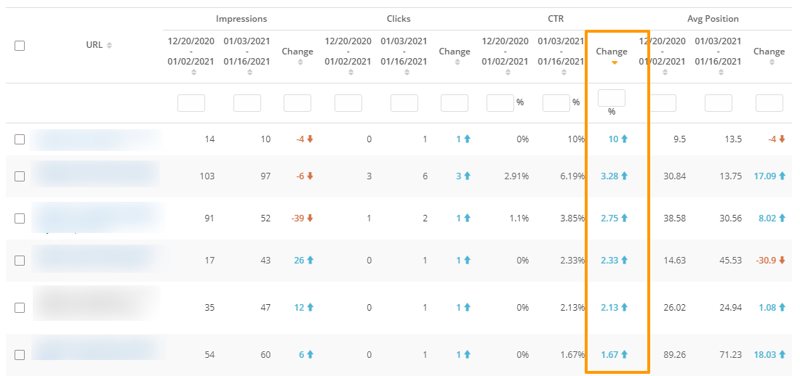
In seoClarity, you can also view historical data for any URL on your site and analyze the effects of various changes on its performance.
A common SEO goal is to maximize clicks relative to ranking position, but controlling all variables can be challenging. To over come this, seoClarity allows you to filter the data set and control CTR by position.
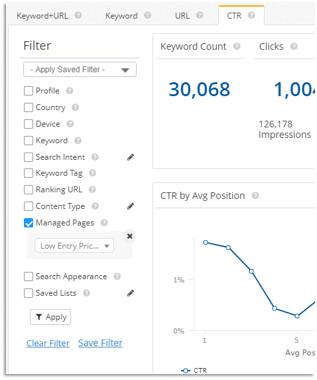
Instead of making bulk changes, we recommend testing by modifying title tags on groups of pages. This method is safe, allowing you to revert changes if needed. It's a similar setup to A/B testing — but remember, this is not an A/B test itself.
Here’s a general process:
- Identify the set of pages you want to improve.
- Choose the test to run across those pages (here are some SEO testing ideas).
- Randomly group the pages into control and variant groups.
- Measure the resulting changes and declare a test a success if the variant group outperforms the control group.
Recommended Reading: The Right Way to Do SEO Split Testing
7 Different Types of Title Tag Tests to Run
Now that you know how to run a title tag test for SEO, here are a few suggestions on what to test:
#1. Title Length
SEOs tend to cram as much as possible into the title tag. Many theories about so-called best practices convince us that a headline must pass certain criteria for it to be effective.
It must include emotional words, keywords, a unique selling proposition, and more.
As a result, we fill the title tag’s character limit to the brim to make the organic listing intriguing and enticing to click.
But what if you used a short title instead? Feature just the product name, for example? Or the keyword?
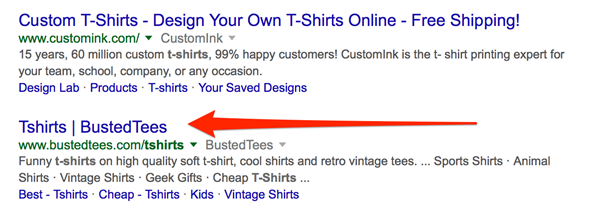
Marketers already use this method to increase engagement on Twitter and other social media platforms since shorter headlines generate a higher response on the social network - especially if they're followed by an informative (but brief!) meta description.
#2. Change Keyword Placement
Research and best practices tell us that placing relevant keywords at the start of the title tag helps increase rankings and CTR.
Some SEOs, for example, lead with the head term followed by a colon and long tail variations.
But you can also move the keyword further to the right and lead with information that suggests that your listing is relevant and may present even better results.
After all, a search query for a particular keyword most likely assumes that whatever results they see are relevant to their search, at least to some degree. True, they’ll probably use the keyword in the title to verify that that’s the case.
However, you could test if including a more compelling message to the left of the title helps attract more searchers to your listing.

#3. Including or Removing Brand Name
A recognizable brand name will immediately add authority to your listing. However, featuring an unknown brand might deter people from actually clicking.
So, depending on the popularity of your brand, experiment with adding or removing it from the listing to create your unique title.
For lesser-known brands, consider utilizing the meta title for your brand name inclusion.

#4. Use Negative Superlatives
When testing title tags for blogs or other non-sales-related pages, try incorporating negative superlatives (e.g., "worst," "never"). According to Outbrain, research shows that negative headlines often outperform positive ones.
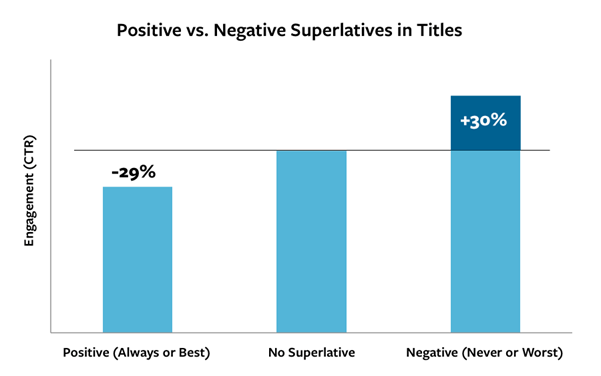
Of course, ensure that the title tag accurately reflects the content and isn't just made negative for the sake of it. You always want to provide value to the end user.

#5. Include Numbers
I admit, this is one of the oldest tricks in the book. Using numbers in any headlines attracts our attention. As Jakob Nielsen points in his famous eye-tracking study:
Numbers represent facts, which is something users typically relish. Sometimes people are looking for specific facts, such as a product’s weight or size, so product pages are certainly one place where you should write numbers as numerals."
But even when a number doesn’t represent a product attribute, it’s a more compact (and thus attractive) representation of hard information than flowery verbiage.”
As Nielsen explains:
The shape of a group of digits is sufficiently different from that of a group of letters to stand out to users' peripheral vision before their foveal vision fixates on them. 2415 looks different than four even though both consist of 4 characters. (As the previous sentence shows, stating the number of characters as a numeral makes it stand out, even without the bold highlighting.)"
When including numbers in titles, if possible, try to make the number as high as possible to make it even more prominent on the SERP.
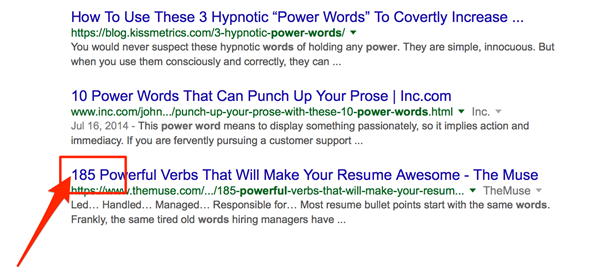
#6. Follow Up with Action Words
Now you can give your title a pinch of spice with action words that make the headline stand out.
A recommended resource that I've used from time to time: 100 Call to Action Keywords. These terms help me put potential behind my content topic.
#7. Experiment with Ad Copy Ideas
Run a few searches of your core keyword. Look closely at some of the PPC ads that show up. Some of these combinations tend to be better dialed-in than the organic results.
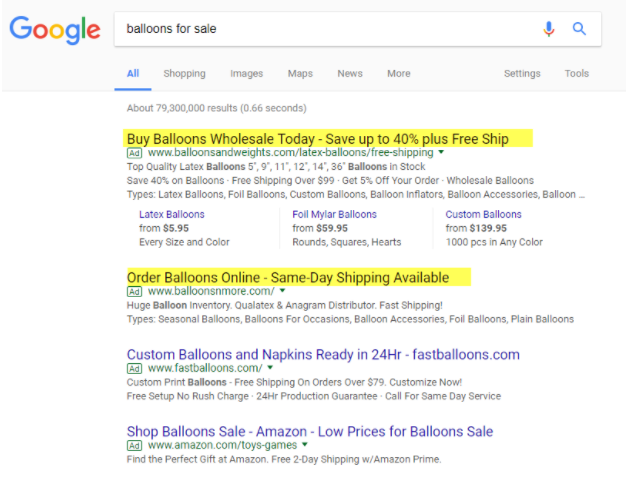
As we can see above, the core keyword is mentioned in the ads. However, there is also additional copy to entice the searcher to click through apart from the keyword.
Test the format or information presented in the ad copy in your own organic listing.
Walking the Walk: Results from Our Own Tests
I regularly conduct title tag and meta description updates (as I did when I refreshed this article for a current audience).
When our team began monitoring this particular metric with our clients, click-through rate hovered between 2% and 1.5% on average. This was interesting because impressions and rankings were increasing. But we still had some untapped opportunities around our title tags and meta descriptions.
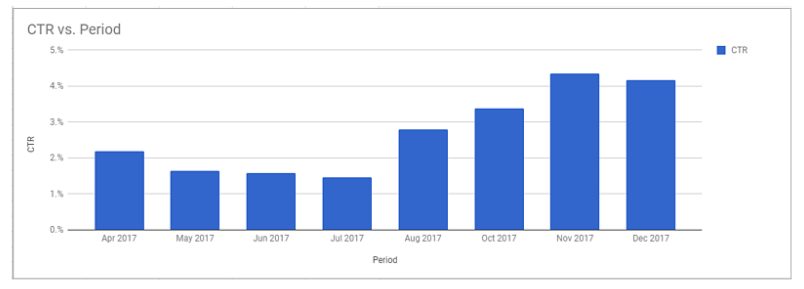 (Graph Created using Search Console Backup Data.)
(Graph Created using Search Console Backup Data.)
Using the methods described above, I revised and tweaked metadata until CTR began trending upwards.
Curious to see the results from other SEO tests? We tested the FAQ schema for greater visibility and CTR.
Hot Tip: Consider turning your content into listicles, if applicable. People love lists. They’re easy to navigate and present information in a way that’s easy to digest.
Although people won’t see your actual page ad content until they click, you can alert them that your content is a listicle in the title tag.
An example of this: “The 10 Best Things to Do in Chicago in the Summer.”
Conclusion
Evolving user behavior on SERPs opens up a unique opportunity to boost your CTR without necessarily improving your page’s rankings by testing and optimizing title tags.
Think of your title tags and meta descriptions as ad copy. Integrate core keywords naturally while maintaining their SEO value. The goal is to catch attention on the SERP and enhance organic CTR.
Your title tags should be informative, concise, and compelling—much like a captivating news headline. Even minor tweaks to your title tags can yield significant improvements in CTR and help your listing stand out.
Ready to take your SEO strategy to the next level? Try a demo of our platform today and discover how we can help you optimize your title tags and more!







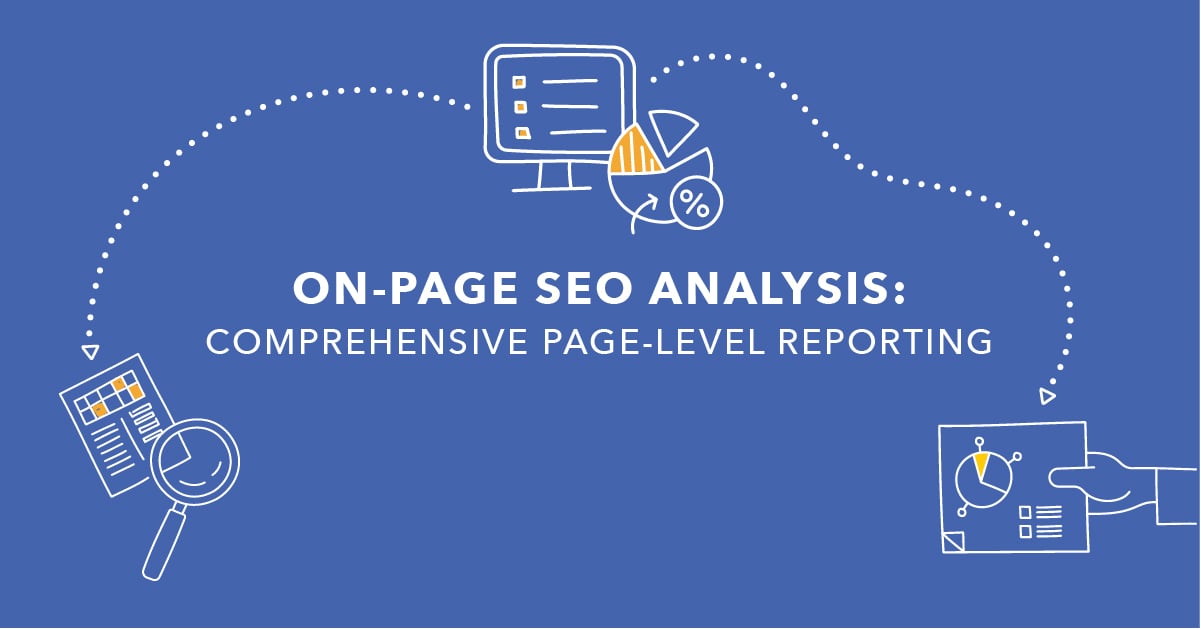

Comments
Currently, there are no comments. Be the first to post one!